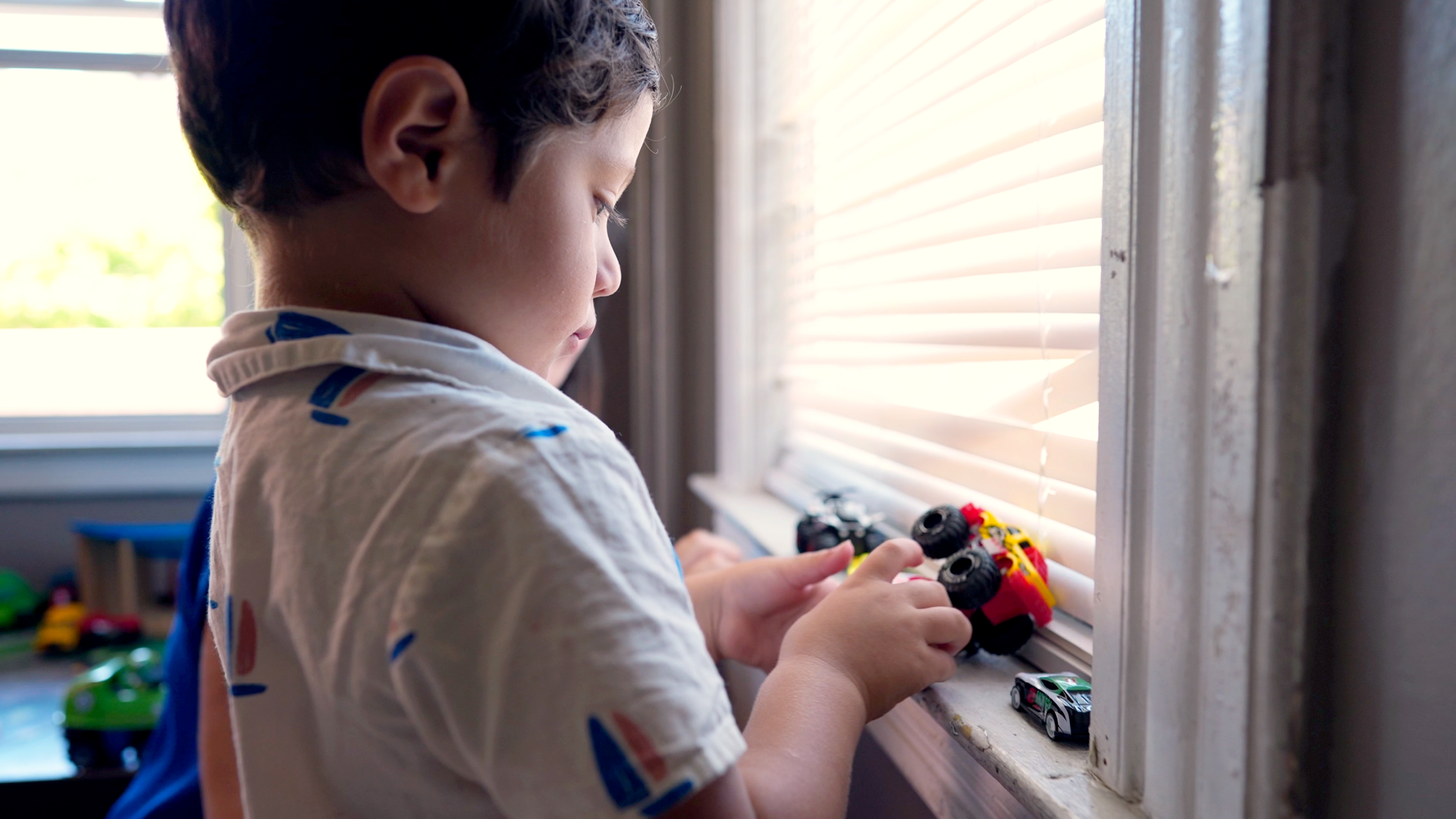Every year, lives of over a thousand Connecticut children are impacted due to lead exposure. Lead poisoning can affect our young children by harming brain development and health, causing issues throughout their lives. This includes behavior problems, poor school performance and long term health problems. Learn more to stay safe.
Every Connecticut Child Safe from Lead

Tips to Stay Safe
The main cause of lead poisoning is chipping and peeling lead-based paint and lead dust in pre-1978 homes. Lead exposure is serious but there are steps you can take to prevent it. If you live in a pre-1978 home, follow these safety tips.
- Identify areas with chipping/peeling paint
- Wet clean areas that may have high levels of lead dust (floors, window sills/wells)
- Increase hand washing
- Increase iron/calcium in diet
- Screen and Test children for lead poisoning annually
For more resources about lead poisoning prevention in Connecticut, visit the Department of Public Health.
What are the risks of lead?
Even a little lead can do a lot of harm, especially in young children.
There is no safe amount of lead exposure. Lead poisoning can be hard to notice, getting your child tested is the only way to know for sure. The sooner lead is detected, the sooner you can do something about it and stop it from getting worse. Learn more about lead testing here.
A lead-free CT will help each child to succeed.
How does lead exposure happen?
Lead poisoning happens when lead enters the body. Lead can enter the body by eating paint chips, breathing in dust from lead paint, or placing hands in the mouth after coming in contact with lead dust.
Visit the Connecticut Department of Public Health to learn more.
Homes and Buildings
Connecticut has older homes, many built before 1978, when lead-based paint was still used. In these homes, lead paint may be covering windows, doors, porches, siding, walls, baseboards and railings. Over time, lead paint can chip, peel or turn into dust. Children may ingest lead paint.
Water Pipes
From the nation’s earliest days, lead was used to make pipes that carry water to homes and businesses. But when plumbing corrodes, lead can enter our drinking water.
Other Sources of Lead
Children can also be exposed to lead from toys, furniture, pottery glazes, spices and other products from outside of the U.S., and soil that may contain lead from contaminants like paint or fuel. If parents have a job or hobby that exposes them to lead, they may bring lead into the home on their clothing.
Occupational Hazards
You can be exposed to lead while at work if your job brings you in contact with lead-containing materials or products. This is of special concern during pregnancy. Occupations that may cause lead exposure include:
- automotive or electronics repair
- bridge repair
- construction, home painting or renovations
- work that involves contact with firearms, jewelry, pottery, or stained glass
Taking safety precautions or using protective measures can help reduce the risk.